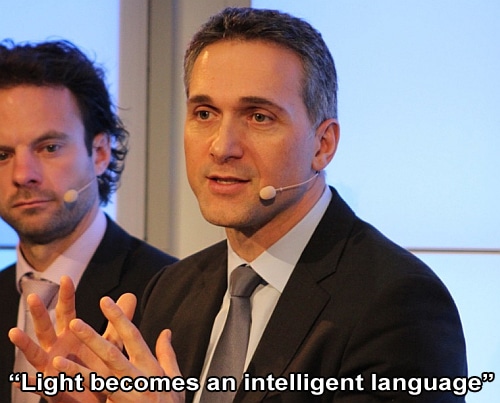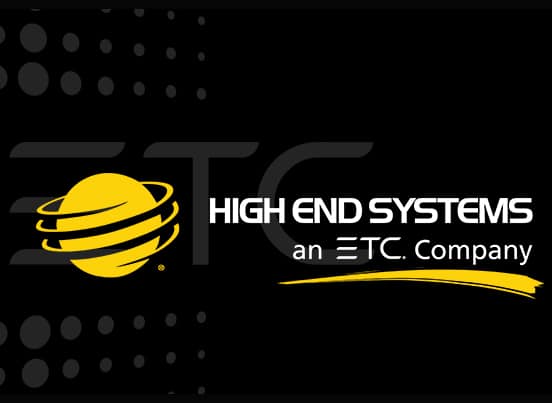We’ve been reading over the last year or so about the war on incandescent lamps – people preach hate for them but people buy them in droves. Why is this? A good reasoning is money, money, and money – To buy a 6-pack of regular incandescent lamps (not Reveals or energy efficient models) costs about as much as a stick of beef jerky at the gas station. When you’re living month to month, week to week, or unfortunately day to day as many of our fellow Americans are doing, a six pack of light bulbs for $1.12 seems a lot more cost efficient when looking at a $4.00 compact fluorescent or even a $40.00 LED replacement.
Your next question should be something along the lines of “but you’ll save so much down the road if you buy something energy efficient!” and you’d be right – but when you’re staring down debt in the face and trying to fight to stay in your home, generic peanut butter sounds better than none at all, know what I mean?
But never mind all that – what about those of us designers who think that the incandescent lamp should be an available choice? A lot of us feel that “banning” the incandescent lamp is a bit rash of a decision – including the IALD. There is no good replacement product for them yet. It’s a poor decision, in my very humble opinion – and the public still wants incandescent light. Whether it’s cheaper, people prefer them over the cold and sometimes green light that CFLs bring into homes, or lighting designers want to have incandescent choices, incandescents are certainly popular. But that’s like saying margarine is popular.
When the US Congress passed the New Direction for Energy Independence, National Security and Consumer Protection Act (H.R. 3221), and the Renewable Energy and Energy Conservation Tax Act (H.R. 2776), lots and lots of people wrote, and I’m paraphrasing here:
Oh, lordy lordy, the incandescent lamp is so dead it’s mummified! Viva la 2012!
*Ahem*
Other folks realized that these new standards that just got passed virtually make it so that no current incandescent lamp on the market would meet the standard requirements. Seems like an obvious concern, doesn’t it?
Don’t get me wrong, I’m not naive or stupid with respect to this subject. What we need is something that is way bright, gives us the color temperature we want, isn’t a zillion dollars per unit, and consumes as little electricity as possible. What we have right now, in a feasible, sellable form, are incandescent lamps, which give off heat and consume lots of electricity; LED lamps, which have great color, output is improving, and consumption is ridiculously low with a long lamp life; and CFL (compact fluorescent lamp) sources that can put off really terrible color, contain mercury, and are difficult to dispose of properly. They also rock the consumption rate, but they have their problems.
Well, the bills passed by the Congress certainly put new standards to meet, that is no lie. What this has done, as things always do when pushed to meet a deadline, is force companies to take the regular ol’ incandescent lamp and turn it into something that acts efficiently, people like, and is cost effective. GE put out an improved version of the incandescent, the HEI – or High Efficieny Incandescent, which is lacking in title creativity but not good intentions. Philips just put out an energy saving incandescent, the halogen Energy Saver line. It’s 70 watts and emits the same amount of illumination as a 100 watt lamp.
Ok, that’s a start! However, at this new 70 watt efficiency, the CFL world is still consuming 75% less than it.
Scientists are starting to see growth in the really horrible (comparatively, of course) incandescent output of 15 lumens per watt – they’re up to twice that now. There’s tough competition in the LED and CFL categories for consumption levels for incandescent lamps, but we’ve just started. It is a real shame though that it took some competition to get a train of thought started on improving incandescent lamp efficiencies, isn’t it?
What are your thoughts on this subject? Please post in the comments below!





Actually, some of the major manufacurers are producing CFLs that are relatively affordable. Just look for deals and discounts. I just picked up 8 Sanyo CFLs for only $9.99 on sale. And the color temperature is great. They light up my place much better than the incandescents they replaced and use only a fraction of the energy. LEDs sadly have a long way to go before they are an affordable alternative.
Comments are closed.